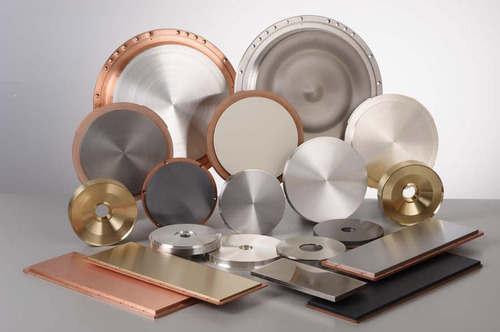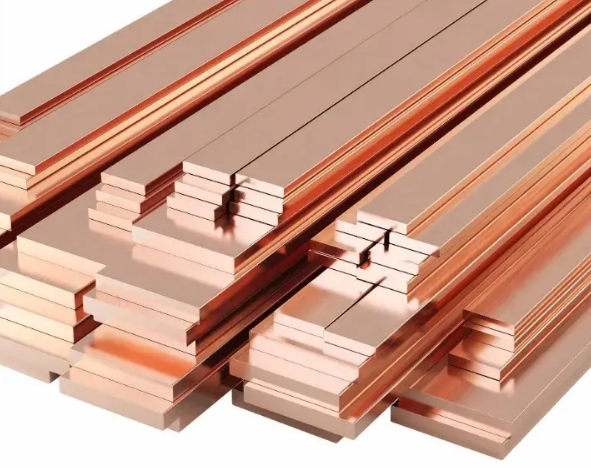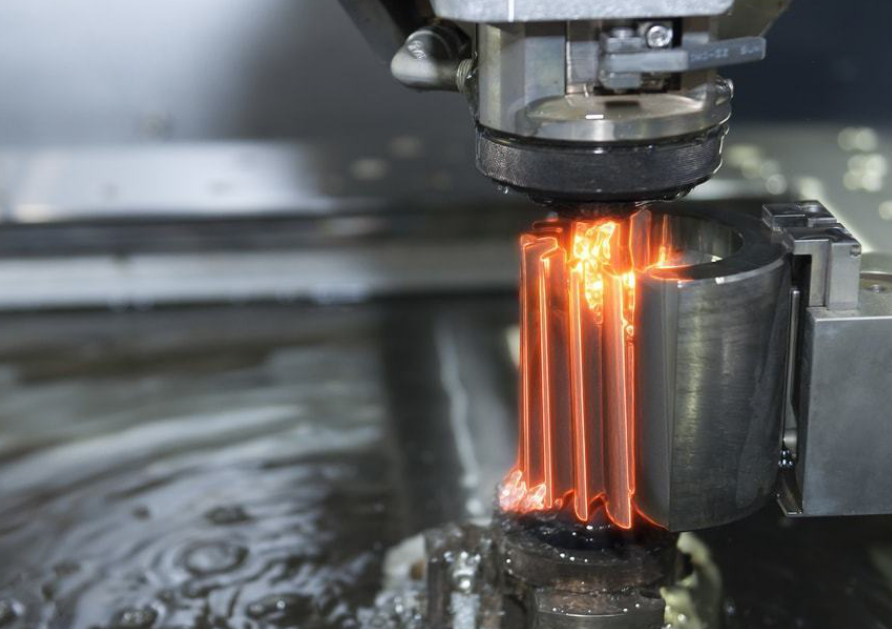What are the Uses of Sputtering Targets?
In recent years, the demand for sputtering targets has surged. This growth is due to the rapid advancements in coating technology. Sputtering targets are crucial in various industries. They enable the deposition of thin films with specific properties. But what are the applications of these sputtering target materials?
Decorative Coating
Decorative coating involves applying thin films to product surfaces. These products include mobile phones, watches, glasses, sanitary ware, and hardware components. The coating enhances the appearance of these items. It also adds functionalities like wear resistance and corrosion resistance. As living standards improve, consumers demand more aesthetically pleasing and durable goods. This demand increases the need for decorative coating materials. Key materials for this purpose include chrome, tantalum, zirconium, nickel, tungsten, titanium, and stainless steel.
Glass Coating
Sputtering targets are essential in the glass industry. They are used to create low-emissivity (low-E) coated glass. This type of glass saves energy, controls light, and offers decorative benefits. Manufacturers produce low-E glass by applying multiple layers of thin films onto the glass surface. Magnetron sputtering technology is used for this process. The demand for energy-efficient solutions is growing. As a result, traditional building glass is being replaced by low-E glass. This trend has led to a rapid increase in coated glass production lines. Consequently, the demand for sputtering targets is rising. Common materials used in glass coatings include silver, chromium, titanium, nickel-chromium, zinc-tin, silicon-aluminum, and titanium oxide.
Sputtering targets also play a role in automobile rearview mirror production. Traditionally, these mirrors were made using aluminum plating. Now, many manufacturers use vacuum sputtering with chromium, aluminum, and titanium oxide targets. This change reflects improvements in automotive rearview mirror technology.

Tools Coating
Coating tools and molds greatly benefit their performance. It extends their service life and improves the quality of processed parts. The aerospace and automotive industries have driven advancements in manufacturing technology. As a result, the demand for high-performance tools and molds has grown. In developed countries, more than 90% of industrial tools are coated. Common sputtering targets for tool coatings include titanium-aluminum, chromium-aluminum, chromium, and titanium.
Solar Cell Coating
The world is shifting towards renewable energy sources. Solar cells are a key part of this shift. The development of solar cells has gone through three generations. The first generation includes monocrystalline silicon cells. The second generation involves amorphous and polycrystalline silicon cells. The third generation features thin-film solar cells, like CIGS. Sputtering coating processes are preferred for producing these thin-film solar cells. Key materials for solar cell coatings include zinc oxide-aluminum, zinc oxide, zinc-aluminum, molybdenum, cadmium sulfide, and copper indium gallium selenium (CIGS).
The global move towards a low-carbon economy has created new opportunities. These opportunities are particularly strong in the energy and materials sectors. Major sputtering target suppliers are focusing on materials for solar cell coatings. This focus is in response to the rapid growth in the solar cell industry.
Conclusion
Sputtering targets are essential in various applications. These range from decorative coatings to advanced solar cells. As industries continue to evolve, the demand for sputtering targets will keep rising. Stanford Advanced Materials (SAM) provides high-quality sputtering targets. SAM offers a wide range of materials to meet the needs of different industries. Whether for decorative purposes, energy-efficient glass, durable tools, or cutting-edge solar cells, SAM delivers materials that drive innovation and performance.



